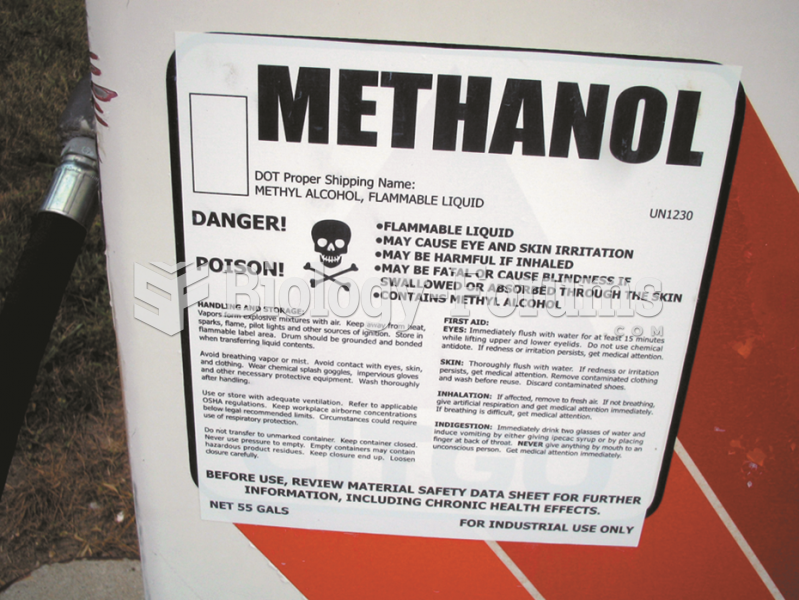|
|
|
Did you know?
There are more sensory neurons in the tongue than in any other part of the body.
Did you know?
Carbamazepine can interfere with the results of home pregnancy tests. If you are taking carbamazepine, do not try to test for pregnancy at home.
Did you know?
The average human gut is home to perhaps 500 to 1,000 different species of bacteria.
Did you know?
When blood is exposed to air, it clots. Heparin allows the blood to come in direct contact with air without clotting.
Did you know?
Your heart beats over 36 million times a year.







